Why Logging Matters Throughout the Software Development Life Cycle (SDLC)
There are multiple phases in the software development process that need to be completed before the software can be released into production. Those phases, which are typically iterative, are part of what we call the software development life cycle, or SDLC. During this cycle, developers and software analysts also aim to satisfy nonfunctional requirements like reliability, maintainability, and performance.
One of the most critical services that developers normally include in their applications is logging. Logging is a way to expose contextual information along with the main application runtime. When developers distribute those applications in a live environment, they will collect and store logs, either locally or in an external service.
There’s usually not much debate about whether or not to include logging, because almost everyone expects it to be included by default. The discussion that really matters revolves around how to include logging in a way that maximizes its value not only in delivering the platform successfully but also in maintaining it throughout its lifetime.
When done right, logging isn’t just for error tracking—it powers full APM logging, enables early threat detection through security logs, and drives smarter decisions through telemetry pipelines that normalize and route data across platforms.
Keep reading for an explanation of some of the most compelling reasons why logging matters throughout the SDLC.
Logging Improves Software Maintainability
Developers use logs to perform several crucial tasks like debugging, load testing, and performance testing. They almost always capture log errors and fatal exceptions (because those are usually the most important) and then export them to external services like Mezmo, formerly known as LogDNA, for further processing.
However, if you only log errors or fatal exceptions, you can miss significant information. To enable more extensive logging, you can utilize code libraries, which offer a proper set of methods and filters to configure the log information based on a level of sensitivity. Developers can then preconfigure apps to collect or store logs with a specific format and log level.
This also makes log rotation easier to implement across environments, allowing teams to control the size and retention policies of logs in a consistent, automated way.
Utilizing different log levels in different places throughout the codebase allows developers to handle two important things. First, it allows them to configure the sensitivity of the information that gets stored to match the parameters of what they aim to capture. For example, they can include stack traces or detailed context using debug or trace log levels. Second, it allows developers to configure the sensitivity of the log collectors or external services to respond to events that satisfy specific criteria and then forward them into relevant channels.
The aim is to make sure that there will be instances in the code where logging operations are not just distinct actions, but also ways to communicate intent throughout the SDLC. That way, future maintainers can refactor the code easier without breaking any assumptions about the logging operations.
To use the Mezmo Logger instance directly, you would type:
Instead of doing that, you need to use a user activity logging module to wrap those events into methods, like this:
That way, if you try to change the log details or the level for the SSL Purchase event, you will only have to revise it in one place. Using logging facilities like this is a good way to logically scope them and configure them in a more granular way, thus making the application easier to maintain.
Logging Helps with Migration Phases
You can use logging to record how and when certain method calls are made and also to monitor parts of the code from which you want to migrate. You’ll want to log these often and ascertain how much of the existing system is dependent on them.
During migrations, telemetry pipelines can also help correlate these changes across services and environments, minimizing blind spots by normalizing logs, metrics, and traces in one flow.
Let’s walk through some typical use cases:
Logging Deprecated Features
Our first example is deprecation log messages, wherein we log the usage of functions that are deprecated and slated to be removed in future versions. One way to do this is to wrap the usage of deprecated functions with function decorators. When an attempt is made to call this function, we can log the call and record it into the stream of events. This is what a rough implementation looks like in Javascript using the class decorator syntax for conciseness:
As far as the client knows, the UserApiService will still work as expected, but it will now log the call in logDeprecatedEvent to capture a depreciation event.
Logging Feature Flag Usage
You can log information whenever a feature flag is modified and used to expose new features to users. By doing so, you can gain a more thorough understanding of how the usage of new features affects the existing application performance or reliability. For example, once you’ve enabled a flag, you might log this information:
Then, using this as a guidepost, you can record any performance or related changes in the application and measure their success or failure.
Logging Helps with Managing New Work vs Technical Debt
Technical debt is a term that developers use to describe unfinished work that they have postponed due to time or technical limitations. It’s relatively common to produce working code with few extra dependencies, quality issues, coupling, or inflexible patterns. Trying to refactor those pieces into a more reusable component may prove to be counter-productive, since it might not be very valuable to the end users.
Ultimately, technical debt can become an issue if left unchecked. For example, it can become a problem if you write code without considering reusability, or if you add feature flags here and there without removing them in later stages.
Effective APM logging helps strike a balance between innovation and oversight by showing real-time performance indicators, security logs, and error trends that reveal when tech debt starts to degrade reliability.
Logs can help manage technical debt by enabling you to compare existing nonfunctional requirements and metrics like performance, error recovery, and availability metrics. Developers can assess whether a code change improved reliability or made the system more fragile—insights that are often missed without persistent log and telemetry pipeline coverage.
Next Steps with Logging
The aforementioned reasons for including logging are excellent illustrations of just how critical it is to deliver maintainable and reliable software. To realize the enormous potential of logging and improve the SDLC process, you can always rely on a dedicated logging platform that offers a variety of related services – like the one from Mezmo.
In addition to supporting telemetry pipelines and APM logging, Mezmo allows teams to filter and query log streams, set up alerting, and securely store security logs with full compliance visibility.
Their boards and graphs give you a completely customizable visualization dashboard that will allow you to present high-level, comprehensive metrics to stakeholders. By pairing those with time-shifted graphs, you can see how an app performs across different versions. Start a free trial to see for yourself!
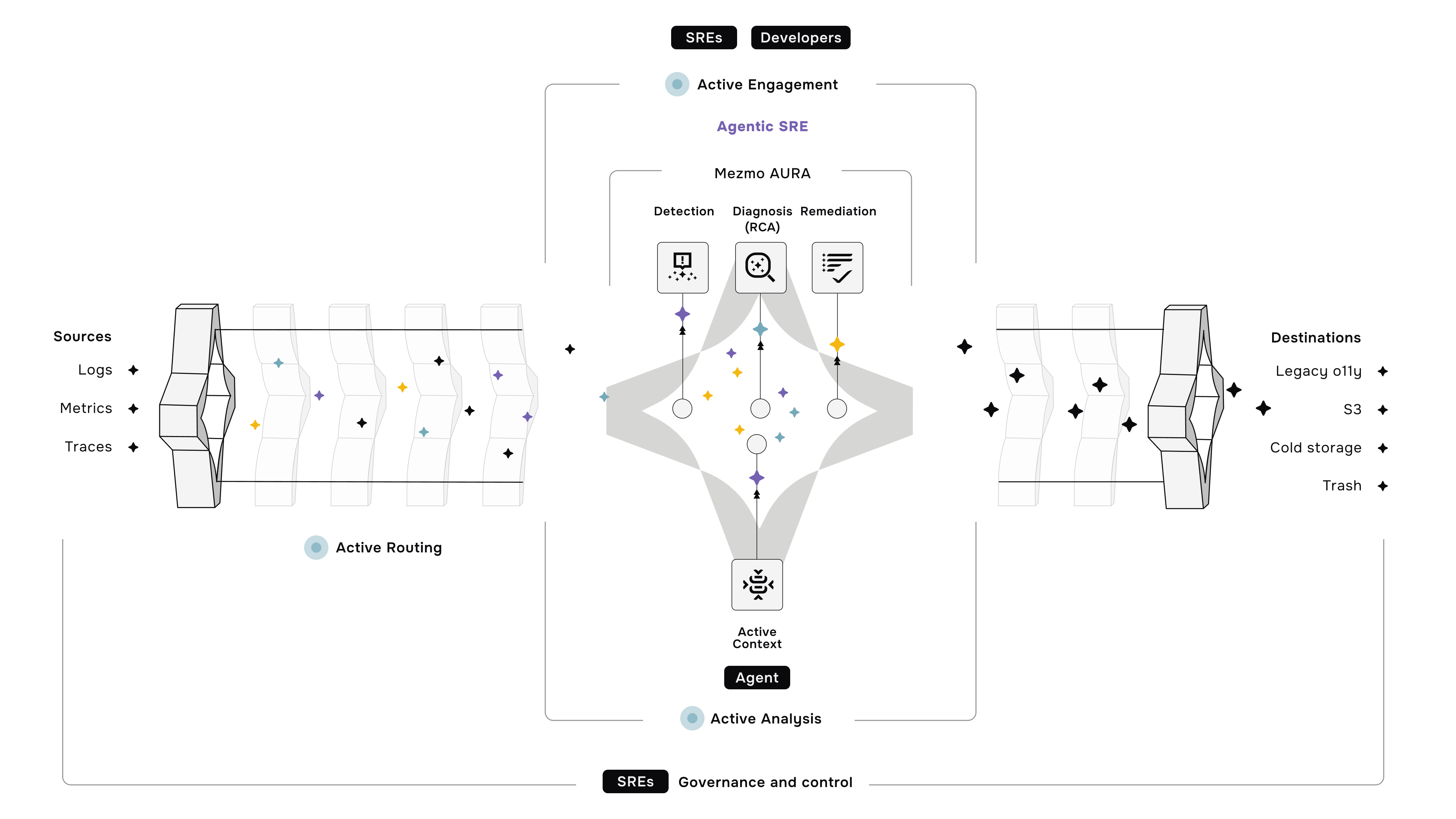

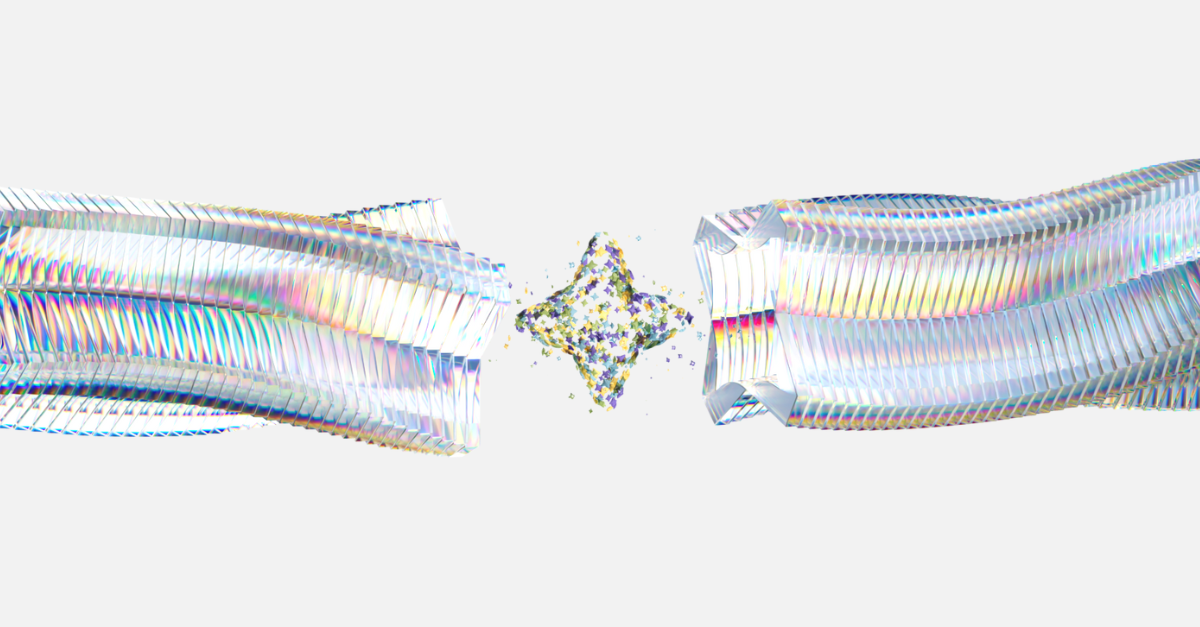




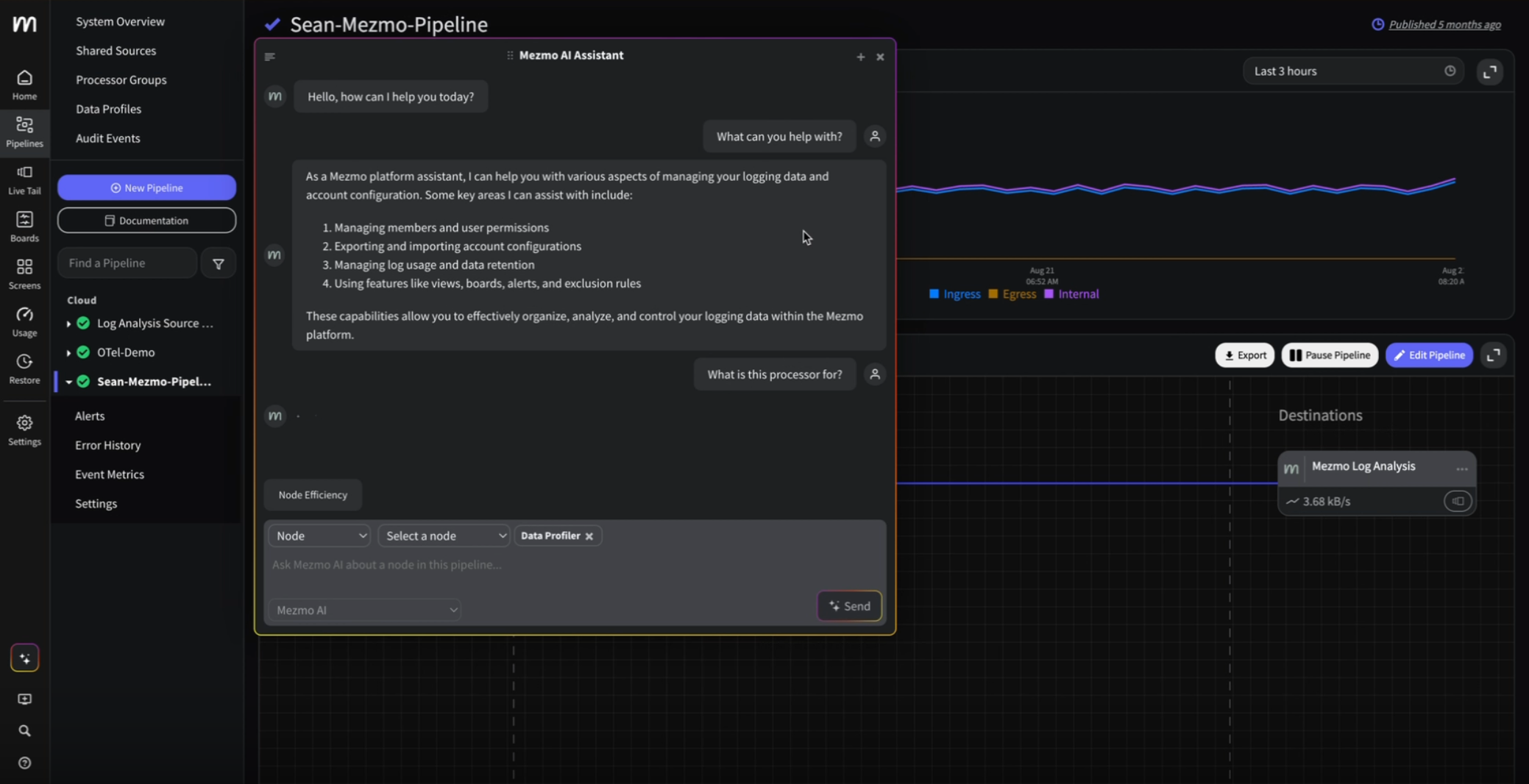
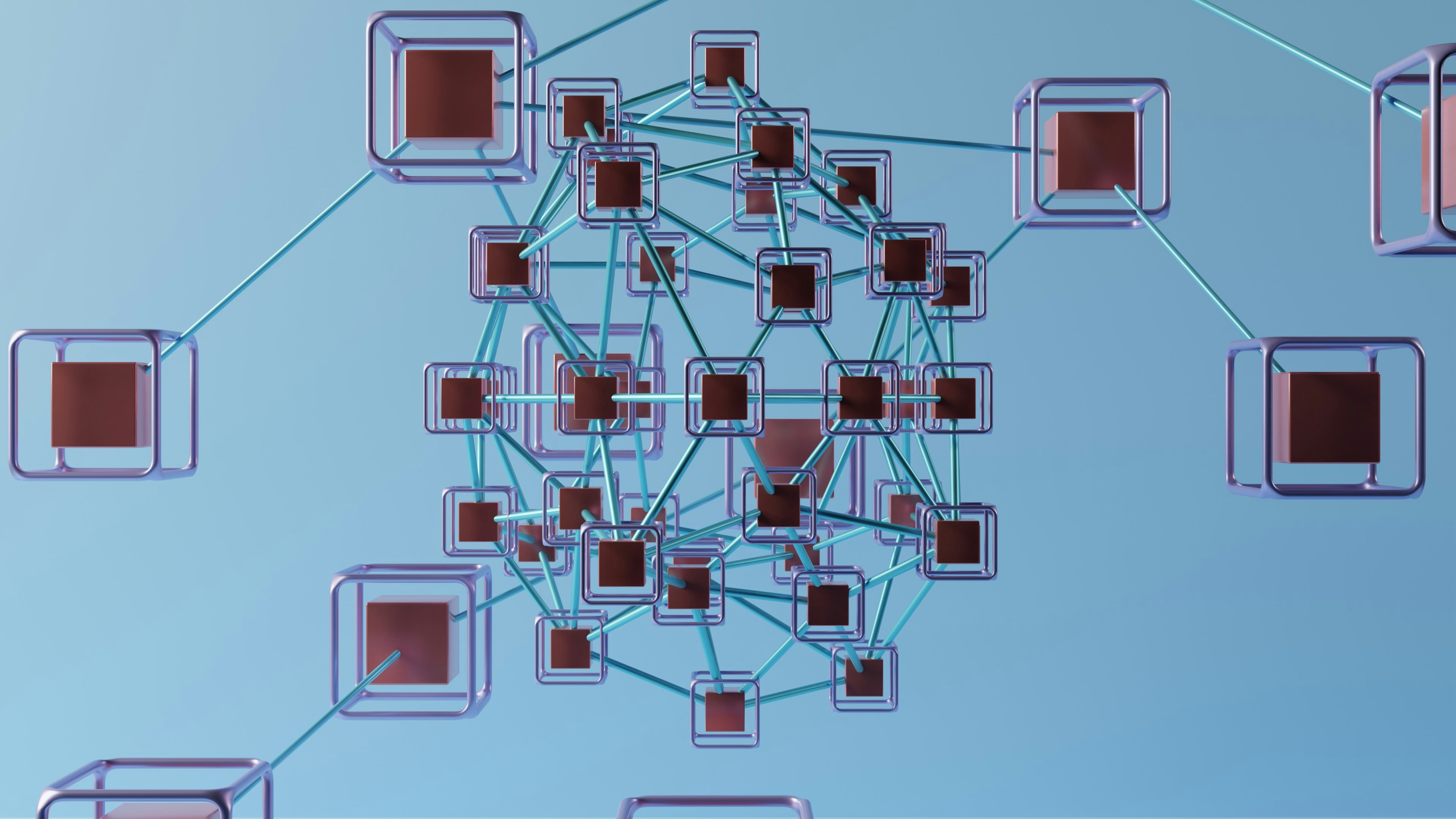

.png)




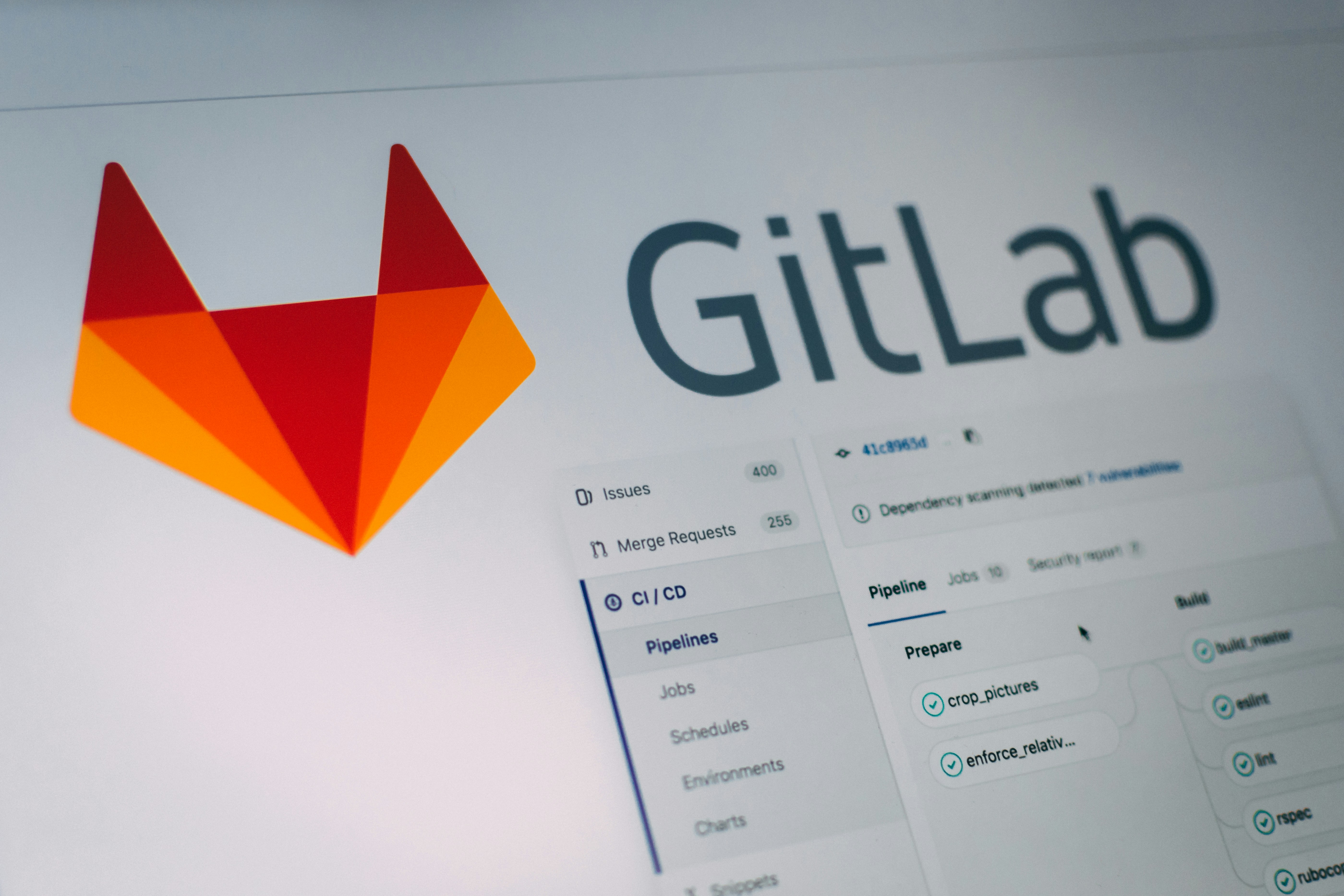
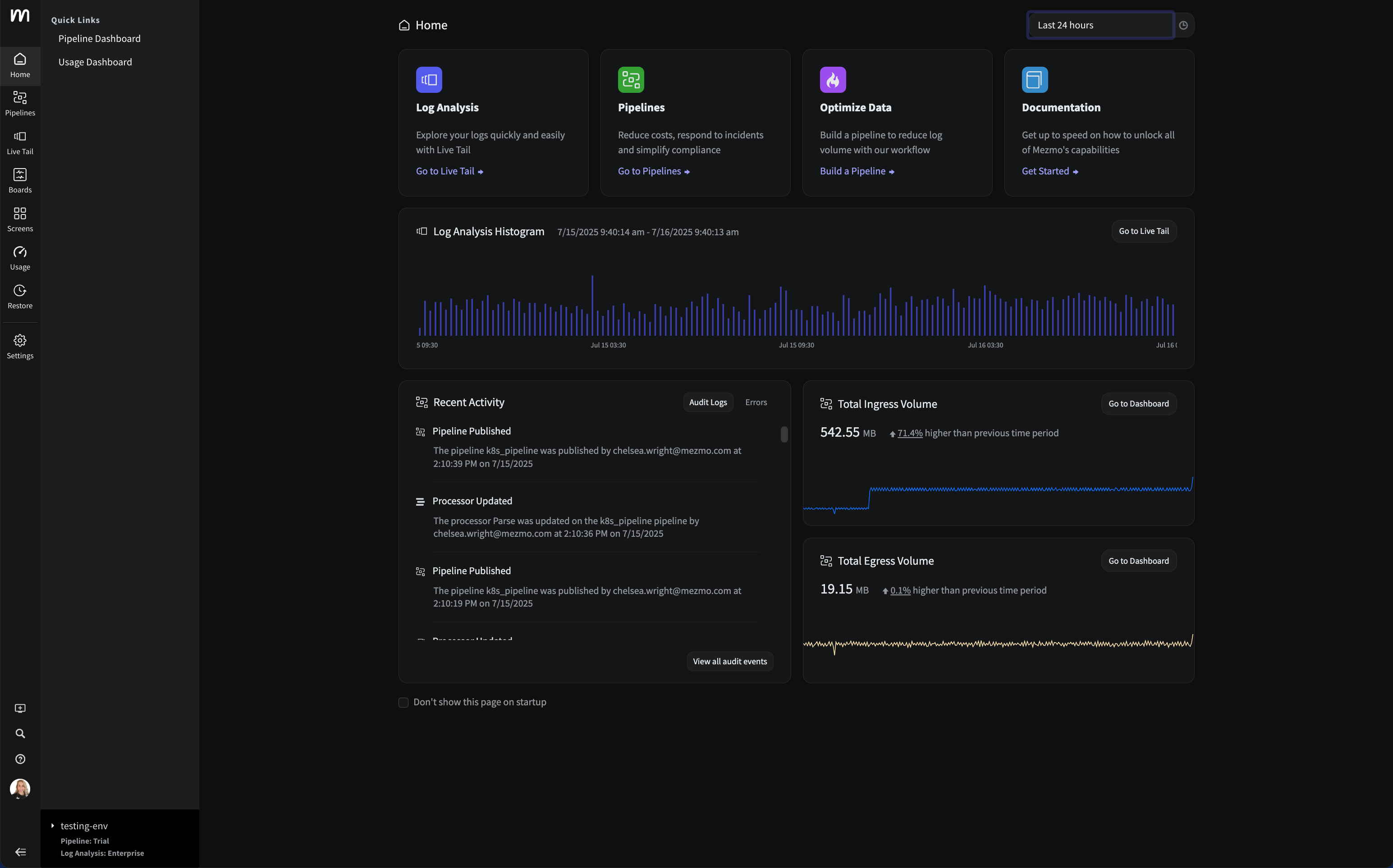


















.png)





































































